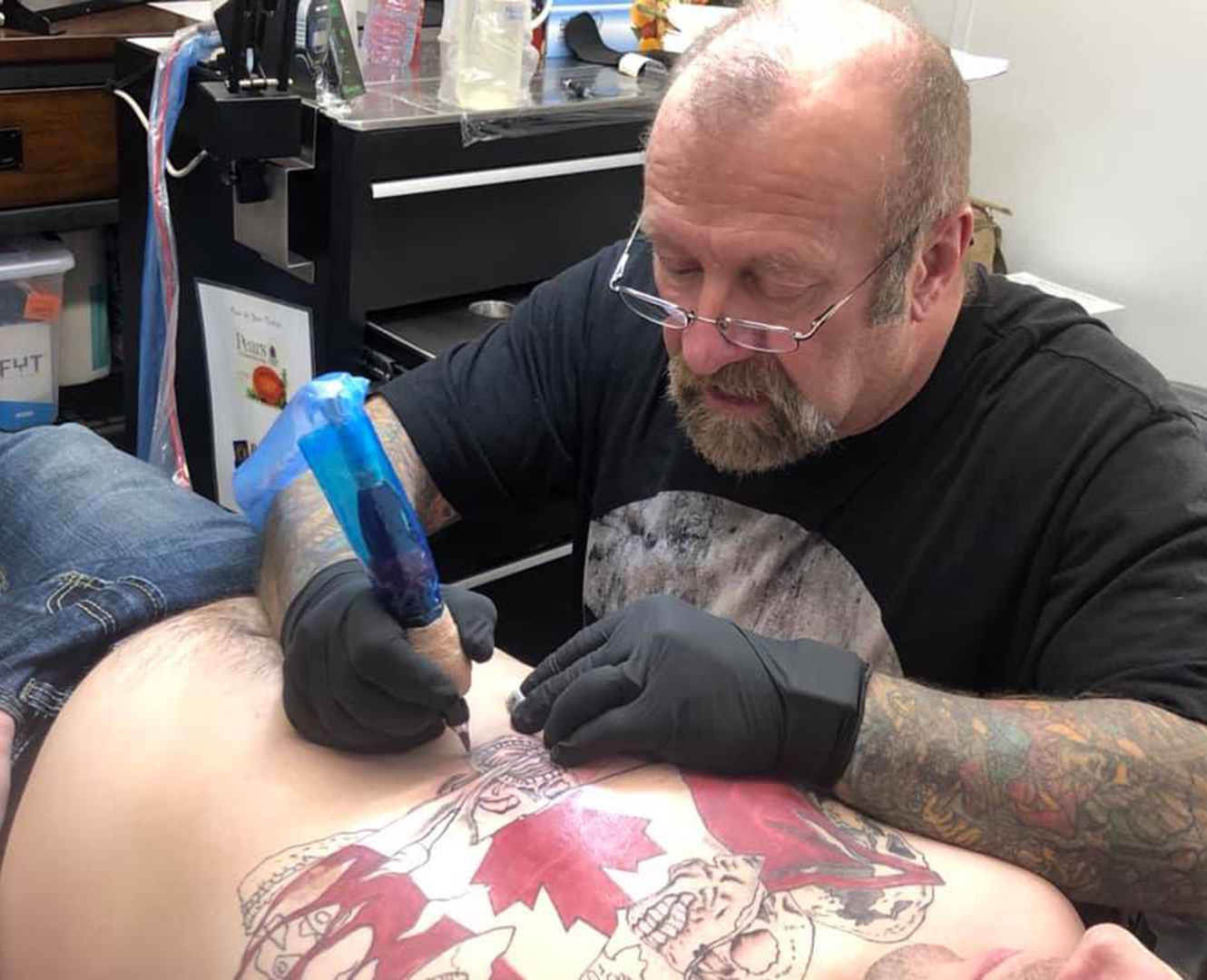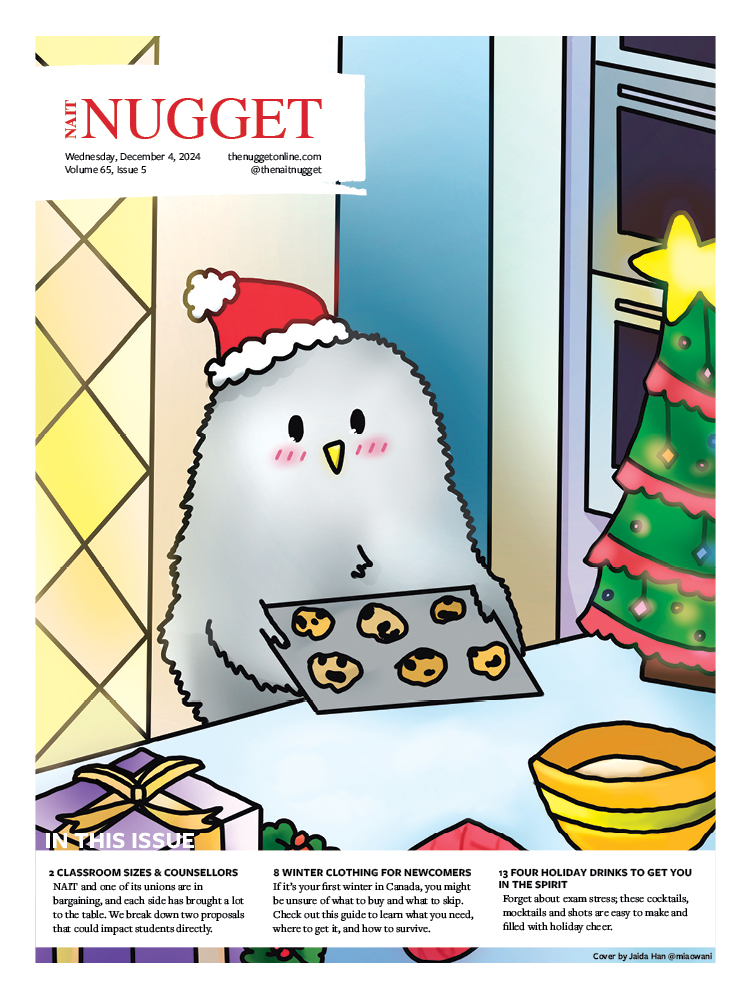By Chantal Dunn
Bear’s Skin Art has been a premiere in the tattoo community and industry of Edmonton for 30 years.
“If we go back 30 years, basically it was a subculture of modern-day society that was interested in body modifications and specifically body tattoos,” said Bear.
Bear explains that in the 90s, tattooing became more mainstream and more of the general public started to be interested in getting inked. He equates this to a couple of reasons. Technology and mechanics do evolve, so better tools and ink started showing up, although the type of machine that was patented in 1904, coil machines, are still very popular.
He claims the main change was that tattooists were looking to produce more in-depth artwork on skin, once consumers had more artistic demand.
“[Tattoo artists were] going from two-dimensional subject matter and artistic expressions to something much more realistic and three dimensional looking,” said Bear.
This began drawing consumers to more in-depth concepts for their tattoos and more of those artistic demands were placed on tattooers.
In the early 60s until the 80s, shops still provided books or boards with many sheets of flash for customers to choose from. It was very common to pick a tattoo from a piece of flash that was on a wall already in the shop. Bear describes this evolution from “cartoon colouring book style artwork to something that was much more realistic and dynamic.”
Once this style of tattooing became more popular, the technical skills and requirements of artists improved. Along with that, the awareness of the clients improved.
In the 90s, the clientele became more mainstream and adults of all ages started to become more interested in a piece of art that was attached to a meaning. This began a culture of skin art that was more symbolic or a representation of who someone is.
Bears says the future of tattooing and the taboos behind them are being reduced by the influence of social media.
“We’ve gone backward in time,” said Bear. “In the olden days you’d pick a tattoo off the wall that was a sheet of flash, now in the modern times you’re picking a piece of flash on Pinterest or Google. It’s still the same wall it’s just a whole lot bigger and it’s on a global scale.”
The popularity of tattoos on this kind of scale could be helping break down the taboo behind tattoos.
However, Bear expresses that the chances of two people having the same tattoo are highly probable. But he believes the evolution of tattoo art will shift as individuals seek more original artwork. In the future people will stray away from copying images straight off of Pinterest to avoid common designs.
“[It will change to] more of a subcultural kind of group of people interested in genuinely, artistically rendered artwork on skin,” said Bear.






